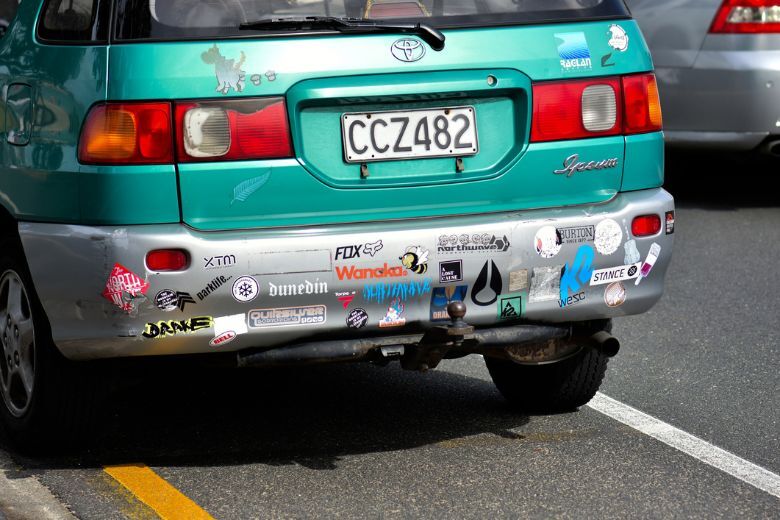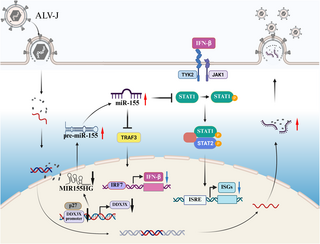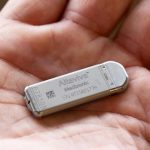In the bustling corridors of Washington, D.C., commuters are often greeted by a plethora of bumper stickers adorning cars. Yet, a recent study suggests that these stickers, particularly those with political messages, could be making the roads more hazardous and shifting average drivers towards aggressive behavior.
The research, titled “How do drivers react to partisan bumper stickers? Understanding polarization in apolitical settings,” was published in the journal Frontiers in Political Science. The findings indicate that the mere presence of a bumper sticker can influence driving reactions.
In the experiment, participants viewed computer-generated dashcam footage featuring an orange vehicle. Some of these vehicles were void of bumper stickers, while others showcased either a neutral “I Love My Dog” sticker or political statements boasting “Proud Democrat” or “Proud Republican.”
When the leading car operated smoothly, the type of bumper sticker appeared inconsequential. However, the dynamics shifted dramatically when the vehicle ahead displayed erratic driving behavior, such as swerving into the participants’ lanes. In these scenarios, there was a marked increase in horn usage from participants if they opposed the political affiliation represented by the sticker on the swerving car.
The study’s researchers highlighted the potential dangers of this aggression, especially within the context of the already stressful act of driving. They noted, “Partisan bumper stickers, whilst innocuous when things are going well, have the potential to trigger dangerous hostility when things are going badly.”
But what compels individuals to showcase these stickers on their vehicles? According to the researchers, a strong desire for identity expression drives many drivers to publically display their beliefs. They explain, “Displaying a bumper sticker brings the driver and the vehicle closer together, asserting the driver’s claim to share the positive symbolic attributes of the vehicle, and simultaneously making the vehicle less anonymous and more a projection of the driver’s image.”
The authors, Rachel Suzanne Torres and Benjamin David Farrer, who are affiliated with the School of Public and International Affairs at the University of Cincinnati, suggest that future research could explore additional variables. They posed an intriguing question: “Democrats might react very differently to being cut off by a Toyota Prius hybrid with a ‘coexist’ bumper sticker, versus by a Ford F-150 or a Cybertruck with a Confederate flag decal.”
This study raises critical questions about how personal beliefs expressed through bumper stickers might inadvertently contribute to road rage and aggression among drivers. With the potential for heightened hostility under certain conditions, the impact of these seemingly simple decals extends beyond mere decoration; it can directly influence driver interactions on the road.
The implications of this research could reshape our understanding of how political symbols in everyday environments affect behavior, particularly in high-stress situations like driving. As society grapples with increasing polarization, findings like these remind us of the subtle yet significant ways our identities and affiliations manifest in the world around us—and how they can affect our interactions with others.
For those passionate about traffic safety and social dynamics, this study opens the door for further exploration into the relationship between personal expression and behavioral responses. As more people hit the roads, awareness of how our symbols and messages can provoke reactions could lead to a deeper understanding of social interactions in public spaces.






